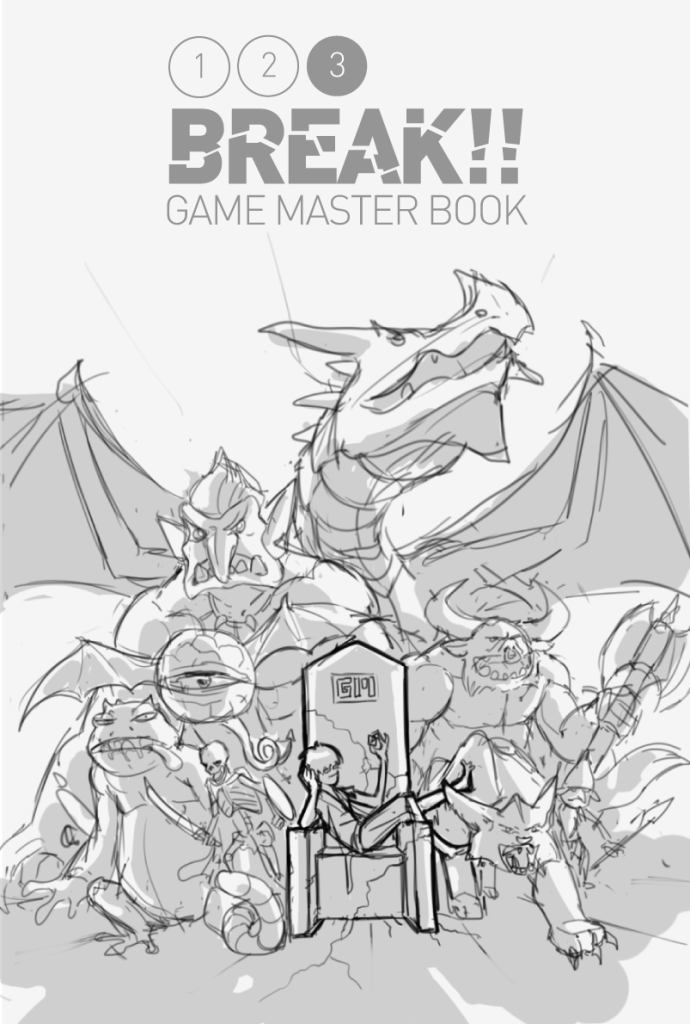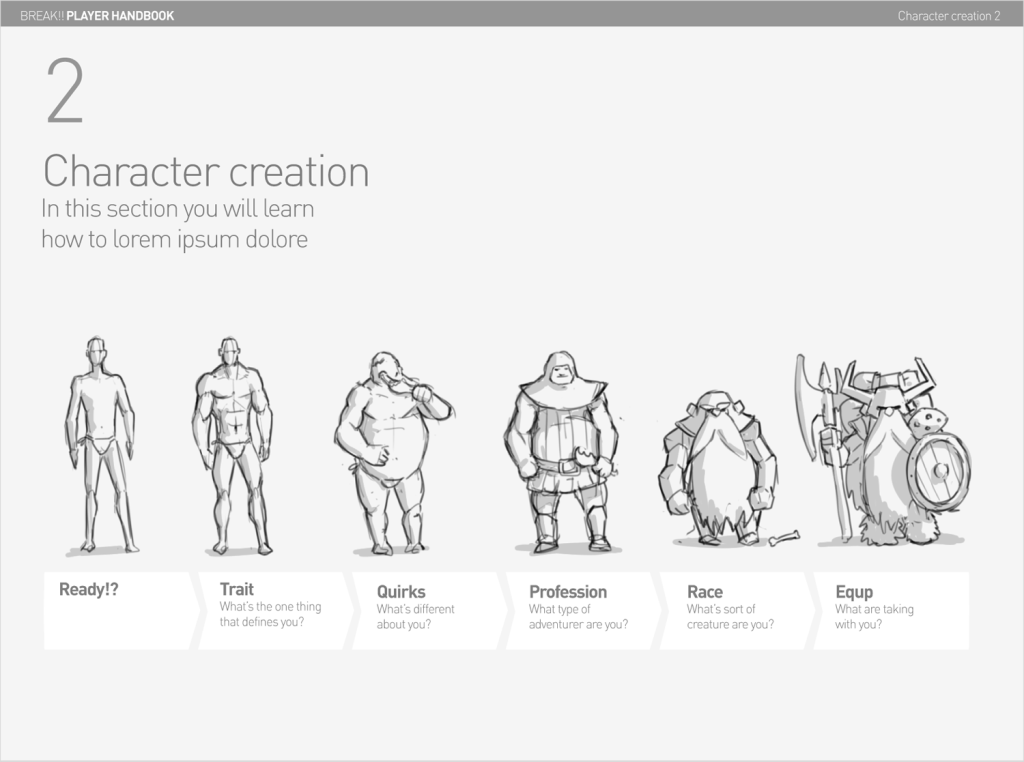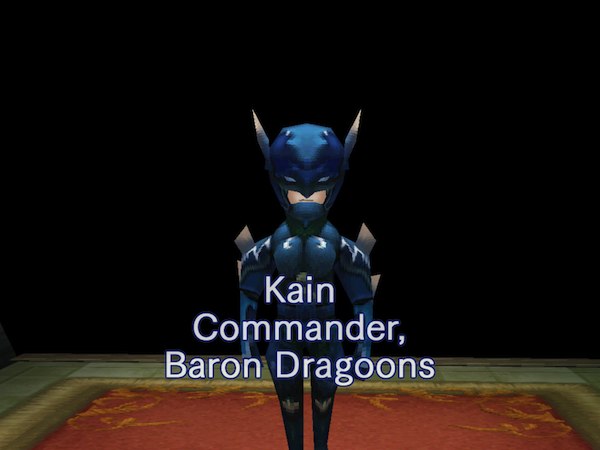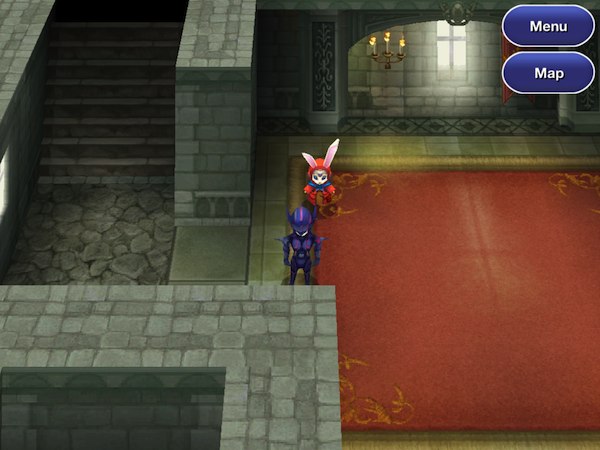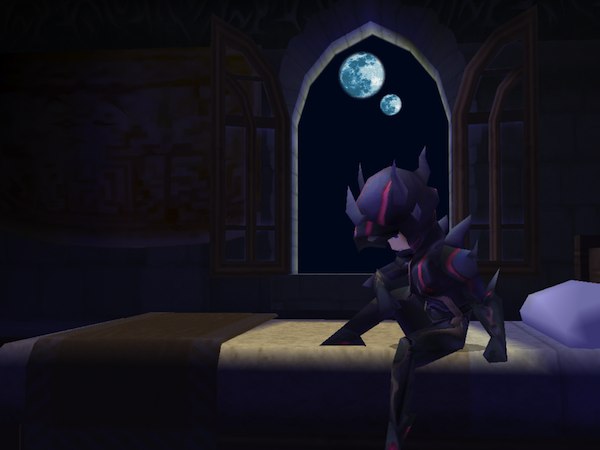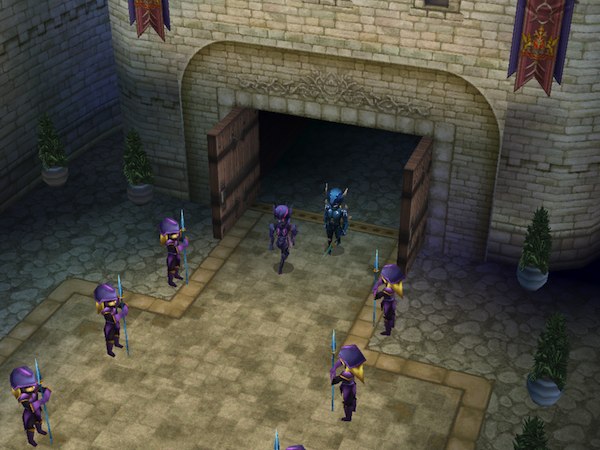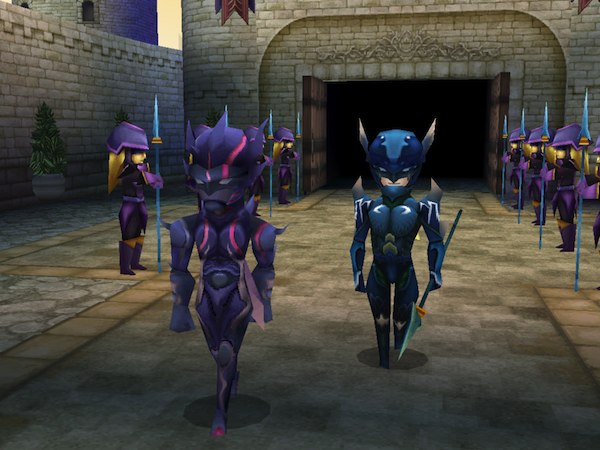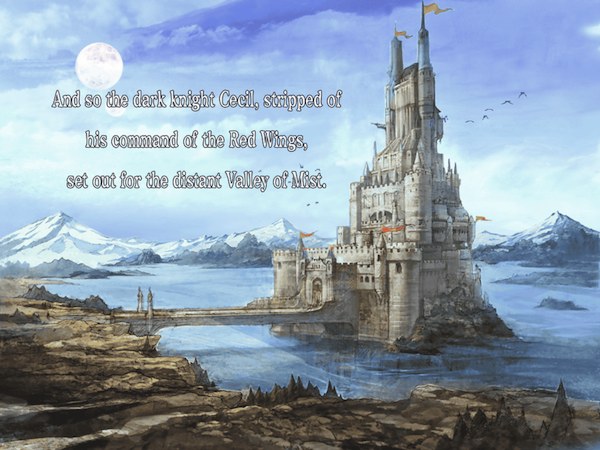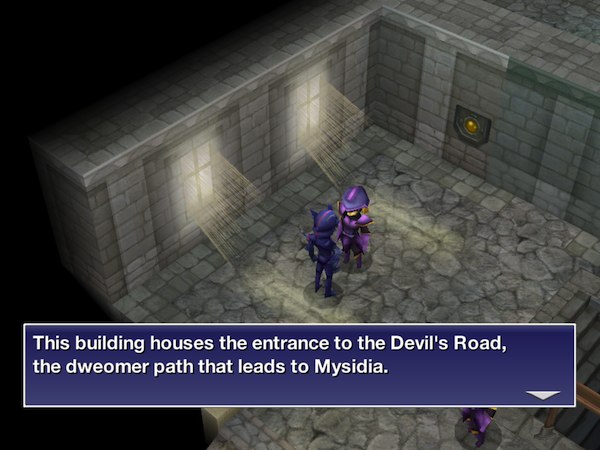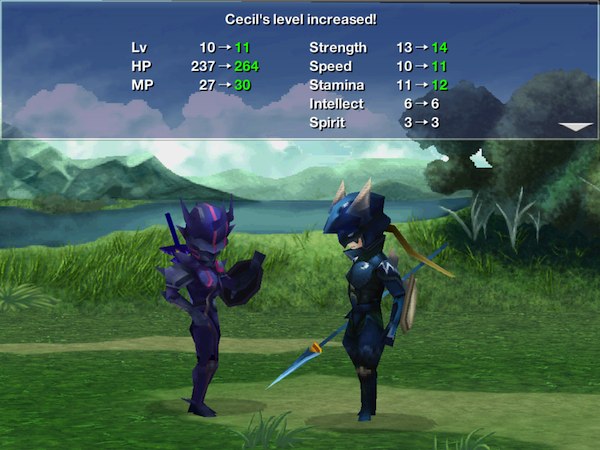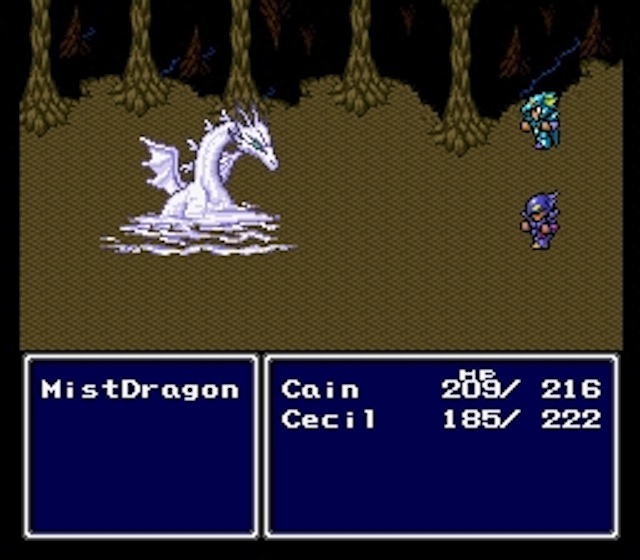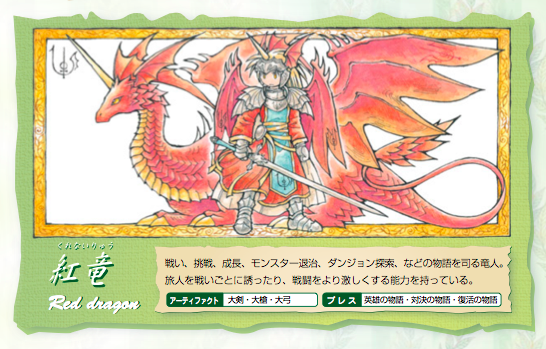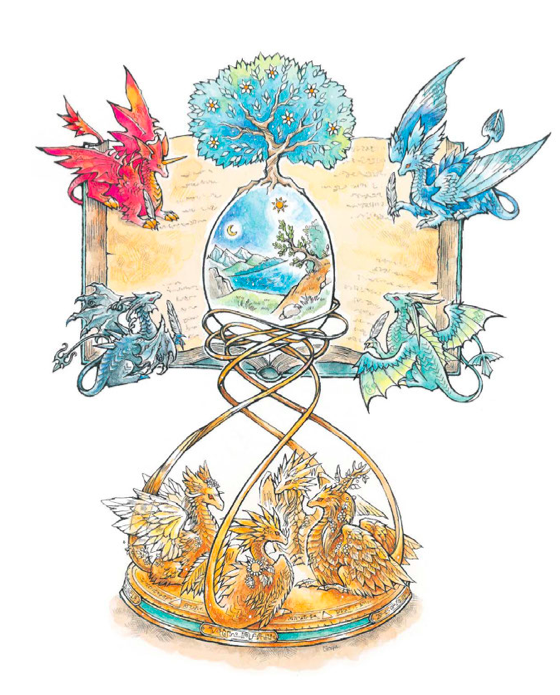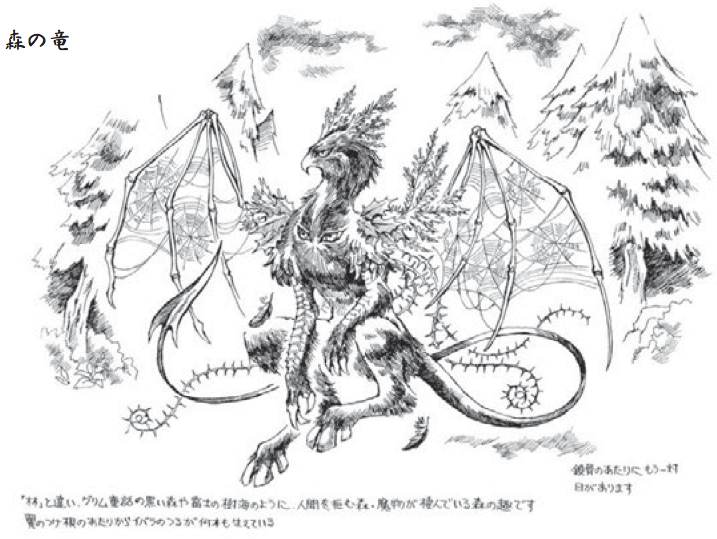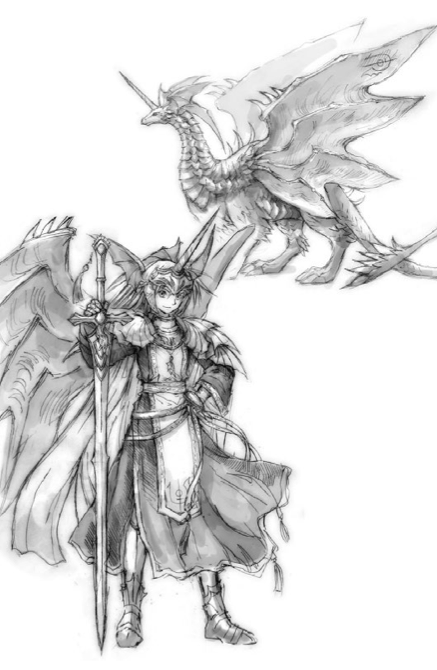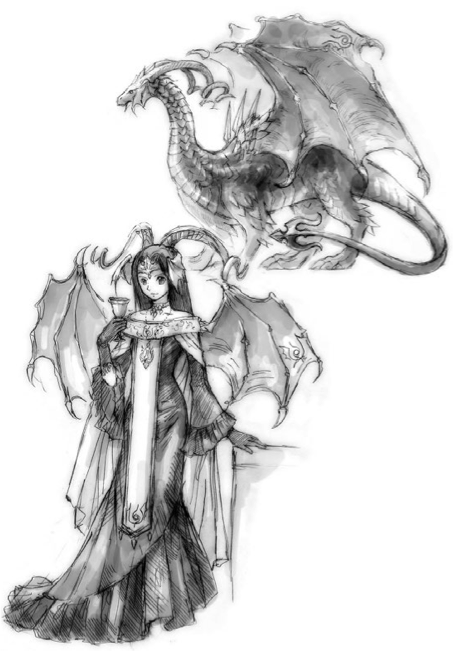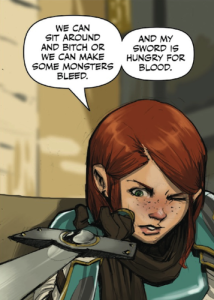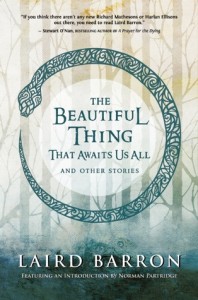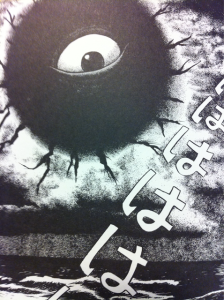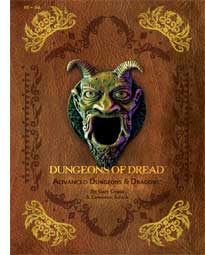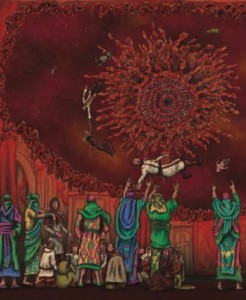
From the upcoming referee screen (source)
The crowd funding campaign for the revised LotFP Referee Book is almost over. At the time of this writing, there are about five days to go. If you follow this blog, you probably already know about it, but I am still going to write why I think it is worth supporting. It has already met its funding goal, and so is definitely happening, but some of the unmet stretch goals may still be of interest, and I also want to discuss what makes this campaign different from many others.
First, let me talk about what I like about this campaign. Most crowd funding efforts end up being a complex preorder system that guarantees a market floor, with exclusive extras to sweeten the deal for early supporters. There is nothing wrong with this kind of approach (and it certainly has its upsides, especially for a small niche market like the one for traditional fantasy tabletop RPGs), but it does not leverage the unique benefits available from crowd funding, which include an opportunity to make something better than it otherwise would be. This campaign, however, does allow supporters to more directly make the final product better, and in fact most of the stretch goals have this character. For example, indexes (covering both core books), and paying for an external, professional editor, have already been met. Additional full color art plates and a color layout in the manner of the hardcover Carcosa are still outstanding. Which stretch goal becomes active is determined by a supporter vote every time a goal is met.
Additionally, extra content, in the form of sample monsters and commentaries by other RPG designers, can be funded directly. The new monsters will be designed by either Aeron Alfrey or Rafael Chandler (author of the excellent Teratic Tome, one of the best RPG bestiaries yet produced). The commentary will be from Frank Mentzer, Zak S, Michael Curtis, and Kenneth Hite. Individual backers can choose which of these things they want to make happen, so you know your $50 (or whatever) is paying for a new Chandler monster (I funded one of these) that will then be available to everybody forever in the final book. This sort of thing is the way crowd funding should be done, and it is what makes the design of this campaign stand out, in my opinion.
There are also some pure extras that are less about improving the book for everyone, such as a slip case that will fit the revised Rules & Magic book (not included) along with this new Referee Book, a referee screen (which has spectacular art by someone I had never heard of before, Matthew Ryan), special LotFP dice, a poster walk-through of The God That Crawls by Jason Thompson, and so forth. Some of these extras still might be of interest to you, even though they are not so much about the Referee Book itself. I am personally pretty excited about the Thompson piece, based on the work he has recently done for WotC (for example, Isle of Dread, and he also created similar pieces for the recently reprinted S Series of modules). This option was a late addition to the campaign, so if you pledged earlier and are interested in it, you will need to add another pledge (I still need to do that, myself). There are also stretch goals for printing revised versions of some previous LotFP modules, and the one for Death Frost Doom has already been met (it is getting at least a new map and new layout).
From a consumer’s perspective, there are several aspects of the campaign that are somewhat suboptimal and potentially confusing. First, shipment is not included in the pledge amounts (you are basically pledging for a voucher that can be used in the LotFP store once the products become available, though some of the products will be exclusive to backers, such as the book with limited edition cover). While I understand why Mr. Raggi structured the campaign this way (to decrease the risk of unpredictable shipping rates), it still feels a bit half-baked. Second, only some of the pledge money is considered toward the stretch goals, and I don’t understand the strange accounting voodoo involved at all. But stretch goals keep getting met as more people pledge, which is what matters, I suppose. Keep these things in mind when you pledge so that you know what you are getting into.
Unfortunately, the new standard cover is much less attractive (in my opinion) than the cover of the older Grindhouse version, though the limited edition version (only available to backers) has a better cover. I still like the old Mullen piece more, however. If you want the limited edition cover, you will need to support the campaign though.
Despite the flaws, as is probably clear by now, I am pretty excited about this book, and think it is worth supporting.

Slipcase art, in progress, I think (source)
